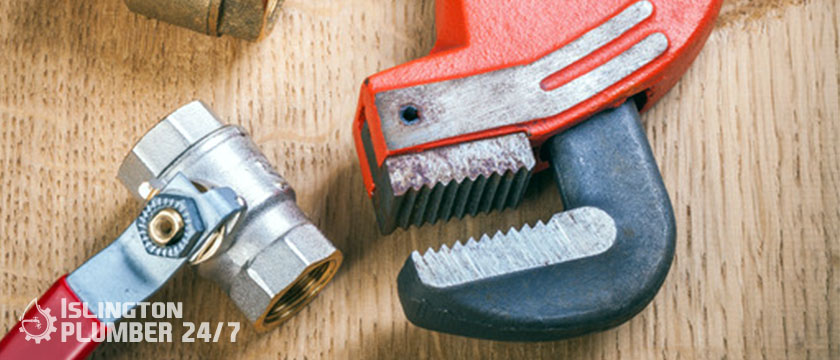-

email us
[email protected]
-

call us now
02080 594124
Emergency Islington Plumber Services
Blog
- Home > BLOG

19 Jan. 2022
Top 3 Reasons to Lower the Temperature of Your Water Heater
When the temperature outside begins to drop, nothing beats a hot shower to relieve the winter chill. However, there are several compelling reasons to reduce the temperature of your home’s water heater. Here are three reasons why you should consider lowering your water heater temperatures, as well as instructions on how to do so.
Table of Contents
SAFETY
Depending on the type of water heater, some are pre-set to 140 degrees. You are at risk of scalding at that temperature. To reduce the risk, reduce the temperature of your water heater to 120 degrees.
SAVINGS
Turning down the temperature of your water heater can save you up to 22% on energy, according to the US Department of Energy. The savings are derived from lowering standby loss, which is the heat lost by the water heater into the environment.
The average household with a water heater set to 140 degrees loses up to $61 per year in standby heat. If you choose to lower the temperature of your water heater, you can save money by using less energy to heat the same amount of water to 120 degrees instead of 140 degrees.
If you’re going to be gone for an extended period of time, experts recommend turning down your water heater to its lowest setting.
SEDIMENT
Sediment buildup in your home’s water heater is a major cause of tank corrosion, which can reduce the life of your unit. The accumulation of hard water mineral sediment is aided by water temperatures above 120 degrees. Sediment buildup can also make your water heater work harder and consume more energy.
HOW TO LOWER THE TEMPERATURE OF YOUR WATER HEATER
It is fairly simple to reduce the temperature of your water heater.
The thermostat and operation instructions for your water heater can be found in the instruction manual for your water heater. Electric water heaters may have two thermostats that must be adjusted.
Test a faucet located farthest from the water heater with a thermometer to determine the current temperature of your water at its hottest point.
Reduce the temperature of your water heater if it registers more than 120 degrees.
After a few hours, retest the same faucet.
Repeat the process until the water reaches the desired temperature.
Consider lowering the temperature of your water heater to save money on your energy bill or to extend the life of your water heater. You could also think about getting a tankless water heater. Tankless water heaters do not store heated water and instead produce hot water only when it is required.
Our professionals can assist you in repairing or replacing your traditional water heater, as well as selecting the best tankless water heater for your needs. Contact heating engineer islington today by phone or online.
- By:Islington Plumber
- Comments:No Comments
- 1
- 2
